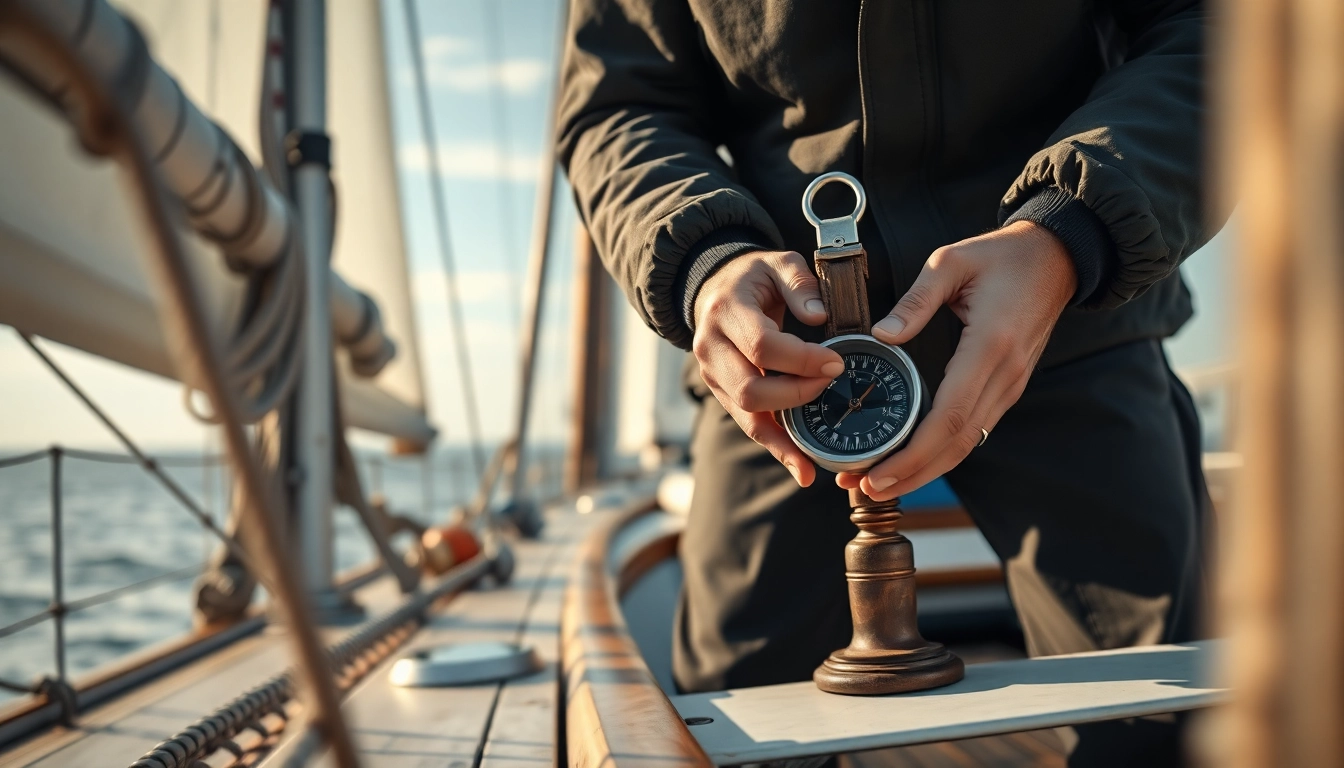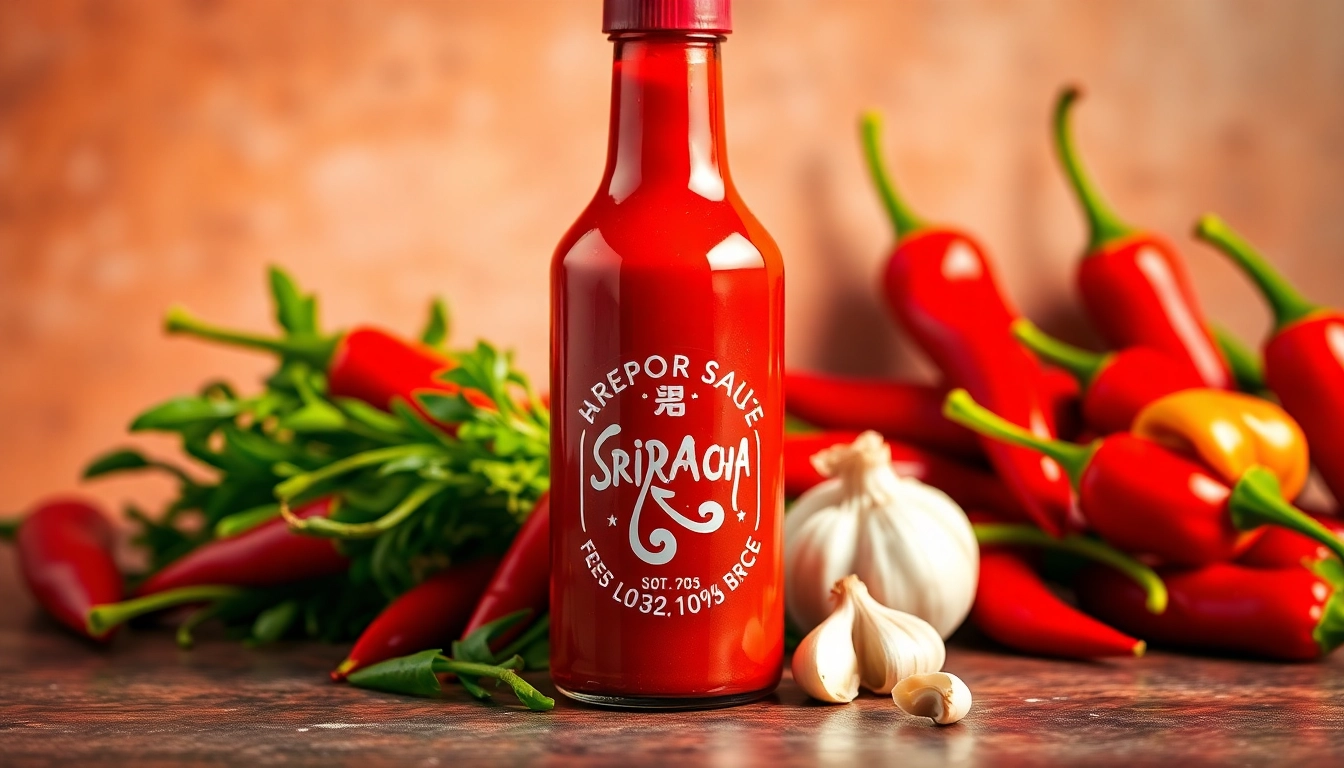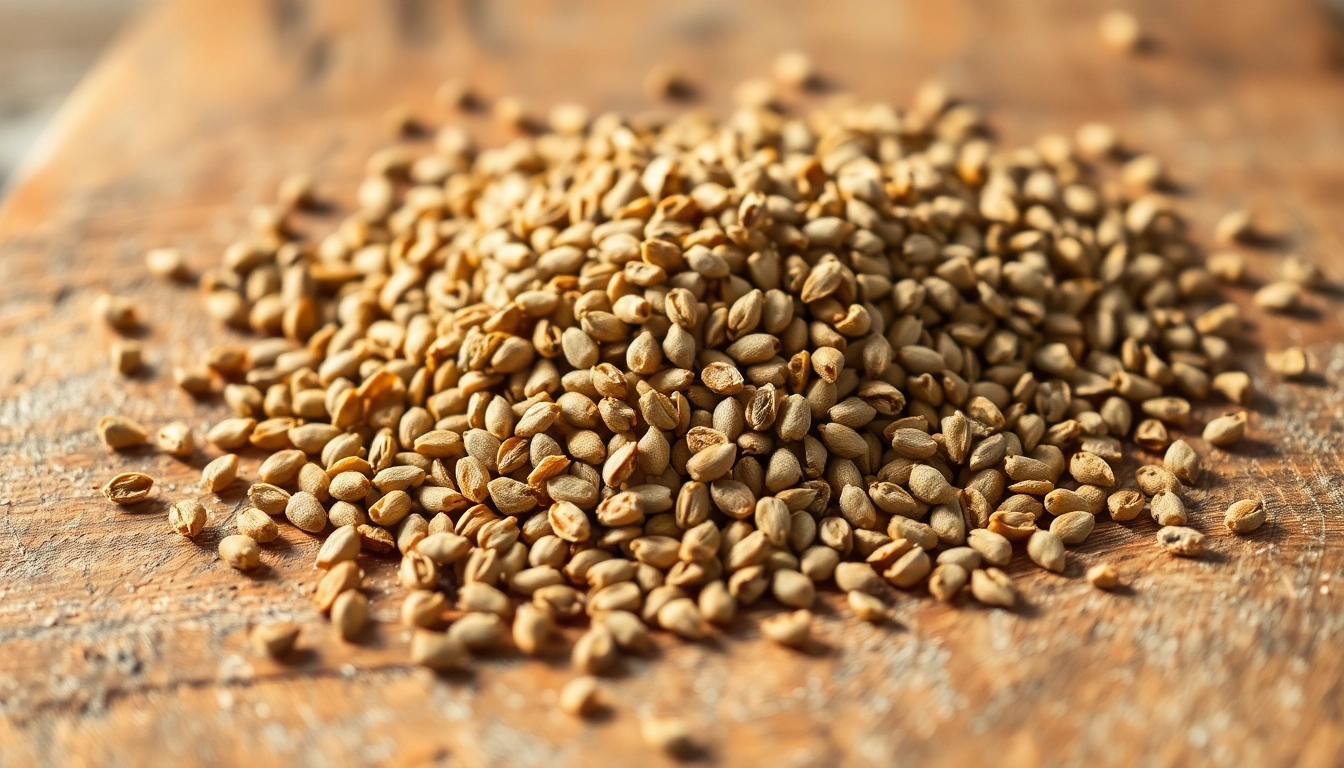
Introduction to Boat Luffing: Fundamentals and Significance
Effective boat sailing relies heavily on precise and reliable navigation techniques, among which the concept of Boots Versegelung plays a pivotal role. The term, originating from German maritime terminology, broadly refers to the methods and processes used to determine a vessel’s position and course on the water. Mastering the art of boat luffing not only enhances navigation accuracy but also bolsters safety, efficiency, and confidence for both beginners and seasoned sailors. This comprehensive guide will explore the fundamental principles, practical techniques, and advanced methods for effective boat luffing, essential for navigating the unpredictable terrains of open water.
What Is Boat Luffing? Its Role in Seamanship and Navigation
At its core, boat luffing involves the controlled manipulation of a boat’s orientation and heading relative to external reference points, utilizing angle measurements, visual cues, or electronic aids. It encompasses various techniques such as sighting landmarks, employing compass bearings, and using celestial objects—each contributing to an accurate assessment of the vessel’s position. From a practical perspective, boat luffing is instrumental in both terrestrial navigation and offshore voyages, enabling sailors to maintain a desired course or rectify deviations promptly.
In relation to navigation, boat luffing is vital for tasks like plotting courses, correcting drift, and ensuring safe passage through challenging conditions such as narrow channels or busy shipping lanes. Its effectiveness hinges on understanding key concepts like bearing measurement, course correction, and environmental influences — with the ultimate goal of keeping the vessel on a precise navigational track.
Key Terms and Concepts in Boat Luffing
Success in boat luffing depends on familiarizing oneself with core terminology and principles:
- Standing Line: A line or reference point indicating the intended course or bearing.
- Peilung (Bearing): The horizontal angle between a reference point and the boat’s heading, measured in degrees.
- Standlinie (Position Line): An imaginary line indicating the boat’s position relative to a known point, derived through measurements and calculations.
- Azimuth: The compass direction from the observer to an object, crucial for accurate course adjustments.
- Angle of Arrival: The angle at which an external object is observed, used to determine position.
Understanding these concepts is foundational for implementing effective luffing techniques, as they facilitate translating visual and instrumental data into actionable navigational decisions. Modern navigation combines traditional methods like visual bearings with emerging digital tools, enabling sailors to optimize accuracy and reliability.
Steps to Achieve Precise Boat Luffing
Preparation and Equipment Selection
Before executing boat luffing, comprehensive preparation is essential. This includes selecting appropriate measurement tools—such as a sextant, compass, GPS device, or rangefinders—tailored to the operational environment. Calibration of equipment ensures measurement accuracy, especially critical when relying on celestial navigation or electronic aids. Additionally, sailors should familiarize themselves with local environmental conditions, such as currents, wind, and visibility, which can influence measurement reliability.
Measuring and Calculating Courses
The core of boat luffing involves recording bearings to fixed or recognized points—such as navigational buoys, landmarks, or celestial objects. Using a sextant or electronic compass, sailors measure the azimuth to these points, noting the readings alongside environmental data. Calculations often involve plotting these bearings on nautical charts, adjusting for drift or environmental factors like current or wind. Modern navigation systems can aid in real-time processing, allowing rapid course corrections.
Identifying and Correcting Errors
Errors may arise from instrument misalignment, environmental disturbances, or human error. Detecting such mistakes involves cross-verification with multiple reference points, repeating measurements, and comparing electronic data with visual cues. Corrective steps include recalibrating instruments, accounting for magnetic declination, or adjusting for known environmental influences. Accurate error management ensures sustained navigational precision and safety.
Techniques and Methods for Effective Peiling (Sighting)
Standlinien and Angle Measurement
The most traditional method involves establishing standlinien—imaginary lines representing the vessel’s position relative to fixed points. By sighting an object through a sextant or binoculars, sailors measure the angle between the vessel’s bow and the reference point. Plotting these lines on a chart allows for precise determination of the vessel’s position and course adjustments.
Using Sightings and Sextants
Sextants are historically the cornerstone tools for celestial navigation. The sailor aligns the celestial body with the horizon, reading the angle to determine the position line. Modern systems integrate digital sextants with GPS augmentations, enhancing ease of use and accuracy. Consistent practice in reading and adjusting sextant measurements is fundamental for effective boat luffing, especially in conditions where electronic signals may be unreliable.
Integration of Digital Navigation Aids
Advancements in technology introduce GPS, AIS, radar, and digital chartplotters, significantly simplifying the process of boat luffing. These tools provide real-time positional data and route optimization. However, reliance solely on electronics risks complacency; therefore, sailors are encouraged to combine digital aids with traditional visual and instrumental methods for redundancy and fail-safe navigation.
Application and Practical Examples
Navigation Under Real-World Conditions
In practice, boat luffing involves continuous assessment and adjustment. For instance, in open water, sailors may take bearings to distant landmarks at regular intervals, plotting their position and adjusting heading as needed. During narrow channels, precise measurements are crucial to avoid hazards, requiring meticulous alignment of external reference points and constant course correction.
Fine-Tuning the Boat’s Course
Fine-tuning entails crosschecking multiple bearings, evaluating environmental shifts, and making minute adjustments to steering. This iterative process ensures steady progress toward the destination and minimizes navigational errors. Experienced sailors develop an intuition for interpreting instrumental readings juxtaposed with visual cues, thereby attaining a high level of precision.
Tips for Beginners and Professionals
- Practice regularly with both traditional and electronic navigation tools.
- Always verify measurements with multiple reference points.
- Account for environmental factors like currents and wind.
- Maintain and calibrate instruments regularly to prevent inaccuracies.
- Develop a keen observation of external cues such as landmarks and horizon lines.
Performance Optimization and Safety in Boat Luffing
Instrument Maintenance
Well-maintained navigation instruments are crucial for reliable boat luffing. Regular calibration, cleaning, and storage of sextants, compasses, and digital devices prevent inaccuracies and prolong equipment lifespan. Sailors should also keep backup instruments on board for contingencies.
Frequently Encountered Challenges and Solutions
Common challenges include poor visibility, electronic interference, or instrument failure. Solutions involve adherence to redundancy protocols, cross-verification of data, and maintaining situational awareness. Training and simulation exercises enhance problem-solving skills under pressure, ensuring safety and accuracy.
Rules for Safe Navigation at Sea
Adherence to maritime rules, such as COLREGS, and maintaining a vigilant lookout are fundamental. Regular updates to navigational charts, weather monitoring, and clear communication channels further enhance safety in boat luffing operations and overall vessel management.





